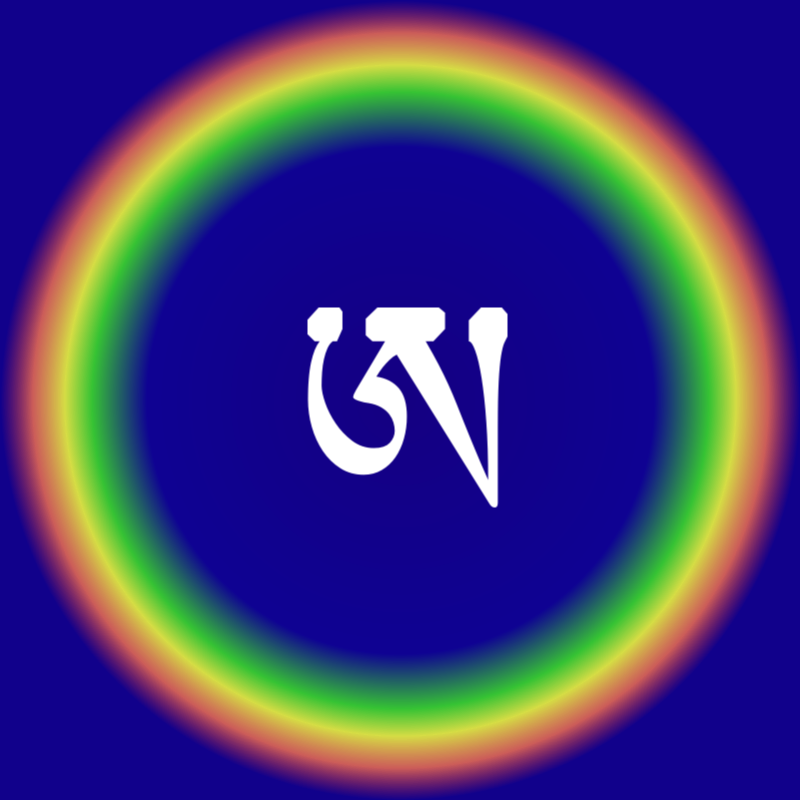 |
| Attribution: Vinograd 19 |
"Secret of the Vajra World: The Tantric Buddhism of Tibet" is a book by Reginald A Ray, an American scholar who seems to be a practitioner of Tibetan-derived Buddhism himself. This book is strictly speaking a sequel to an earlier book about Tibetan Buddhism by the same author, "Indestructible Truth". While that volume concentrated on the "exoteric" aspects of the Tibetan religion, "Secret of the Vajra World" deals with the esoteric traditions. Both volumes are difficult, despite Ray´s attempts to sound as accesible as possible, since they deal with a subject-matter that is complex and - frankly - very, very strange. Another problem is that the author doesn´t always reveal the secrets. For a more fortright exposé of Tantric Buddhism in the Tibetan cultural region, including all the sex and drugs, I recommend "Tibetan Yoga. Principles and Practices" by Ian A Baker...
That being said, "Secret of the Vajra World" is nevertheless interesting, and I can´t say I have fully assimilated its contents yet. My impression of Tibetan Vajrayana after reading it (something I didn´t see the first time I perused the work), is that the tradition looks like a curious combination of two very different strands of thought. One of them seems to be "standard" Mahayana, with all the usual metaphysical notions about Emptiness, Buddha-Nature, Dharmakaya, and so on. The other strand is harder to pin down, but must be some kind of "pantheist" shamanism, earth religion or magic. Certain aspects of Vajrayana seem to point "upward", while others lead "downward". Some practices are more typically "Buddhist" in nature (such as various meditation techniques), while others are more "pagan" (feasts or perhaps orgies) or "magical" (visualizations, attempts to manipulate cosmic energies). Of course, to an actual Tantric, this may all be a seamless whole, but to an outsider, it looks as if Mahayana have indeed been mixed with something wholly other. It could originally have been Tantric Shaivism, but Tibet also had shamanic cults and the like.
Salvation or liberation doesn´t entail going "forward" or "up", but rather "backward", retracing the evolution-involution of consciousness to its original, primordial state, a state that in some peculiar way is both heavenly and pre-human at the same time. Indeed, it´s often explicitly compared to the consciousness of a small child, who simply takes in impressions and is awestruck by them, with no conceptual overlay or analysis whatsoever. (Tibetan Buddhism doesn´t romanticize animals, though. Their consciousness is seen as dull and mechanic.) There is no "God" in this system, but there is a "Ground Luminosity" which is experienced as a gigantic clearing or opening (perhaps as a cloudless sky) within which all phenomena spontaneously arise. There is no particular "meaning" to any of this, and in a certain sense it´s all just an illusion, and yet if this empty nature of all phenomena is grasped, the Tantric practitioner can attain supernatural powers and hence manipulate the illusion at will. Or perhaps not really at "will", since the enlightened "mahasiddha" does everything spontaneously, once again as a small child, and yet somehow always does the right thing anyway, precisely for that reason. This "crazy wisdom" is hard to grasp, but certainly doesn´t sound like a buddha entering nirvana!
However, there is also a somewhat different tradition within the bewildering world of Vajrayana, known as Dzogchen. This entails an almost bizarre spiritual technique, in which the meditator spends weeks in complete darkness and somehow tries to cope with the hallucinations created by the inevitable sensory deprivation. Dzogchen is said to be extremely dangerous, and I can well believe it! The interesting thing about this practice is that it seems to suggests that everything *isn´t* an illusion, after all. From the Ground Luminosity (or Dharmakaya) arise certain energies, in every color of the rainbow. These are the energies of creation or emanation (my terms), and the task is to magically manipulate them in order to form a "rainbow body", identified with the sambhogakaya. This is intriguing, to be sure, since the sambhogakaya is the heavenly enjoyment body of the Buddha in Mahayana theology. Presumably, the sambhogakaya therefore has some kind of "form" or "boundary", although one that is infinitely malleable to the Dzogchen master. Thus, the goal of the Tibetan mystic isn´t to disappear into the void or become one with Brahman as a drop joins the ocean, but rather to remain in the world, but armed with limitless powers ordinary phenomenal mortals can scarcely even comprehend....
No comments:
Post a Comment